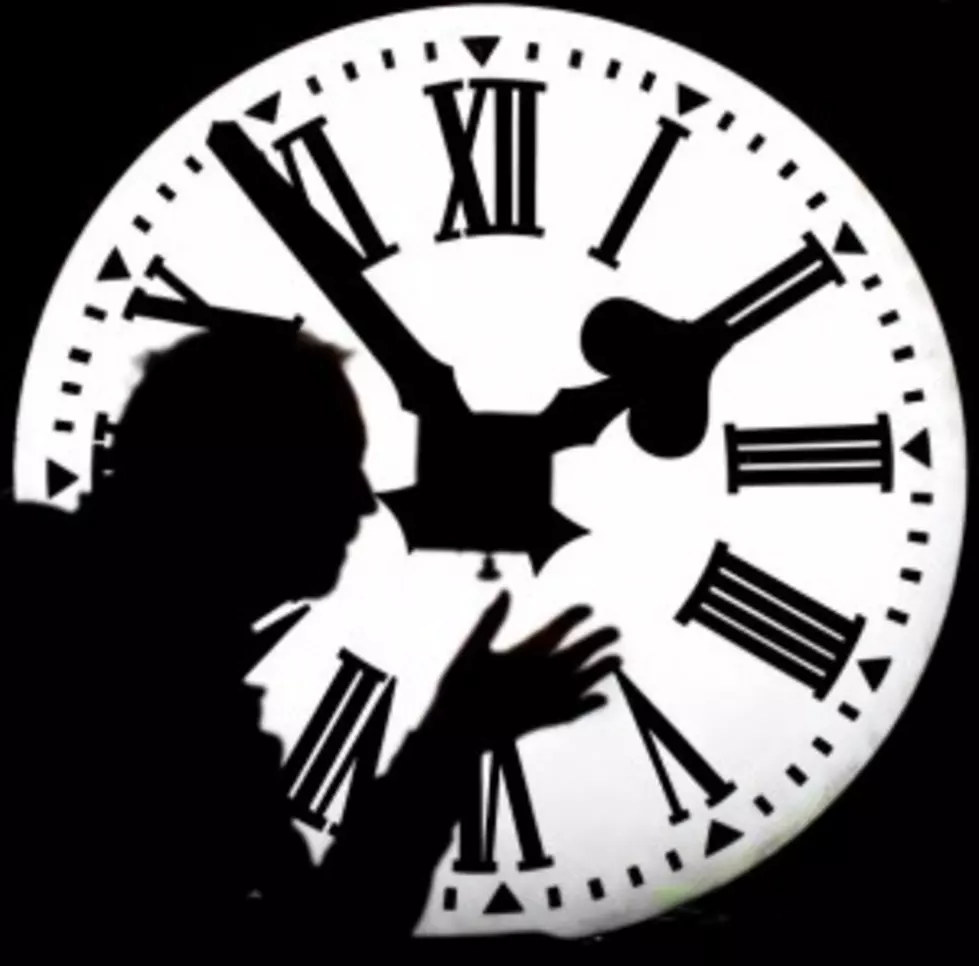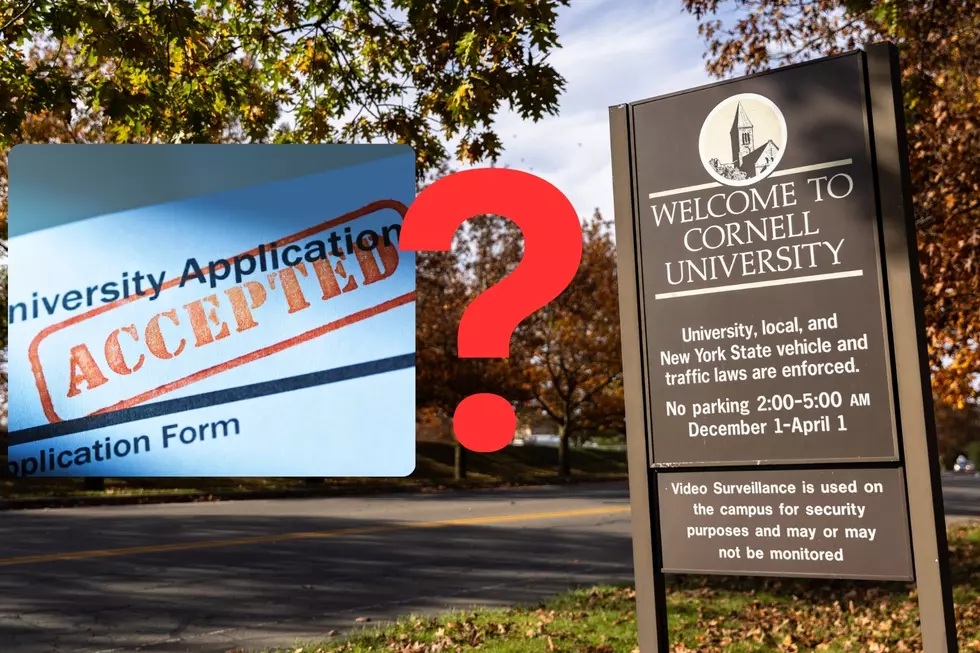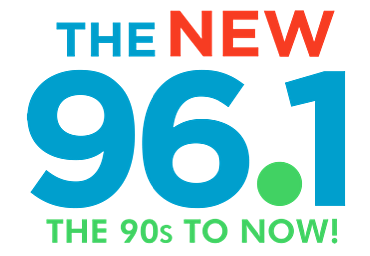
The Future Is Getting Brighter!
During late Winter we move our clocks one hour ahead and "lose" an hour during the night and each Fall we move our clocks back one hour and "gain" an extra hour. But Daylight Saving Time (and not Daylight Savings Time with an "s") wasn't just created to confuse our schedules. The phrase "Spring forward, Fall back" helps people remember how Daylight Saving Time affects their clocks. At 2 a.m. on the second Sunday in March, we set our clocks forward one hour ahead of Standard Time ("Spring forward," ). We "Fall back" at 2 a.m. on the first Sunday in November by setting our clock back one hour and thus returning to Standard Time. They say the change to Daylight Saving Time allows us to use less energy in lighting our homes by taking advantage of the longer and later daylight hours. Daylight Saving Time was started in the United States during World War I in order to save energy for war production by taking advantage of the later hours of daylight between April and October. During World War II the federal government again required the states to observe the time change. Between the wars and after World War II, states and communities chose whether or not to observe Daylight Saving Time. In 1966, Congress passed the Uniform Time Act, which standardized the length of Daylight Saving Time. Daylight Saving Time is four weeks longer since 2007 due to the passage of the Energy Policy Act in 2005. The Act extended Daylight Saving Time by four weeks from the second Sunday of March to the first Sunday of November, with the hope that it would save 10,000 barrels of oil each day through reduced use of power by businesses during daylight hours. More daylight, more fun. Enjoy!
More From The New 96.1 WTSS









